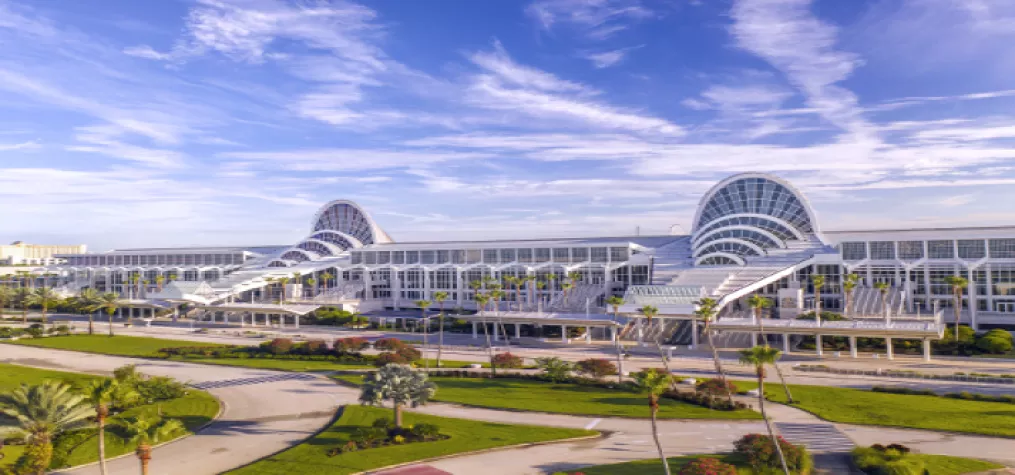Marlys Arnold

Exhibit marketing strategist and consultant Marlys Arnold is the author of "Build a Better Trade Show Image" and host of the Trade Show Insights (www.tradeshowinsights.com) blog and podcast.

It was almost exactly one year ago that I had my first IKEA experience, and since then I’ve been back more times than I can count. The first time my husband and I visited, we spent more than five hours exploring the non-traditional retail store, and most every visit since has been for at least an hour and a half, even if we knew exactly what we were looking for. (Of course most every visit also includes either a meal of Swedish meatballs in their restaurant or a stop at the bistro for ice cream or a cinnamon roll …)
So besides the sheer size (about 300,000 square feet, or five football fields on average) what is it about IKEA stores that create this extended dwell time and repeat visits for more than 700 million people per year … and can trade show organizers and exhibitors learn a thing or two from them? You bet!
First of all, IKEA has a pre-planned traffic flow that all customers are encouraged to follow and it curves around instead of using long, straight aisles. You start in the Showroom, where one room vignette after another awaits you, filled with furniture and accessories merchandised in logical, yet creative groupings designed to create an emotional connection. These room sets change occasionally, but even when they haven’t it’s likely you’ll spot something new each time, based on your mission for that trip. (There are even entire mini-houses outfitted with all kinds of space-saving ideas.) Once you’ve completed a tour through the Showroom, you head to the Marketplace where you’ll find all kinds of small items, from dishes and organizing gadgets to towels and lamps. Then your final destination is the Self-Serve Warehouse, where aisle after aisle is filled floor to very-high ceiling with boxes containing components for every piece of assemble-it-yourself components furniture that you saw in the Showroom.
Opponents of IKEA scoff at the idea of “forcing” people to follow a path, yet it works. (Although they have created “shortcuts” which those of us who are on a mission can use to skip straight to the necessary area.) So could this work on a trade show floor? Would it make sense to have a “self-guided tour” area where attendees could get an overview of what was available? I can see this as an upgrade to the classic, yet predictable New Product Showcase, where each item is cross-merchandised in real-world applications (known in retail as “lifestyle merchandising”), providing a path of inspiration.
To help visitors keep track of their items of interest as they wander, IKEA offers a great tool: a map with a wish list on the back so you can record the item name and product number, along with where it’s located in either the Marketplace or the Warehouse. (Lesson for exhibitors: all of this information and more is clearly detailed on each product tag, by the way.) So why couldn’t shows offer the same kind of tool for attendees to record where to find their items of personal interest?
While the entire tour is designed to be self-guided with lighted arrows in the aisles, if you get completely lost or frustrated there are plenty of blue and yellow “You are here” map signs as well as team members in bright yellow shirts scattered throughout the store ready to look up an item on the nearest info kiosk or guide you to the appropriate area. (Can you see the importance of good signage and well-trained booth staff?)
The bottom line is that IKEA is no run-of-the-mill retail store – it’s more like a theme park. They’ve designed an experience that tells a story and inspires discovery. Customers are encouraged to touch and feel products, lounging on a couch or lying down on a bed. The children’s area is always a flurry of try-before-you-make-mom-and-dad-buy activity. Likewise, a trade show has the benefit of offering attendees the opportunity to engage with products in a way that sales calls and the Internet just plain can’t. When trade shows – and their exhibitors – follow that strategy, they’ll become a must-see event where attendees can’t wait to come back again and again.
Want to discover more ideas you can implement from the world of retail at your next show? We’ll be focusing on this topic in September’s Advanced Strategy in the Exhibit Marketers Café.

Add new comment